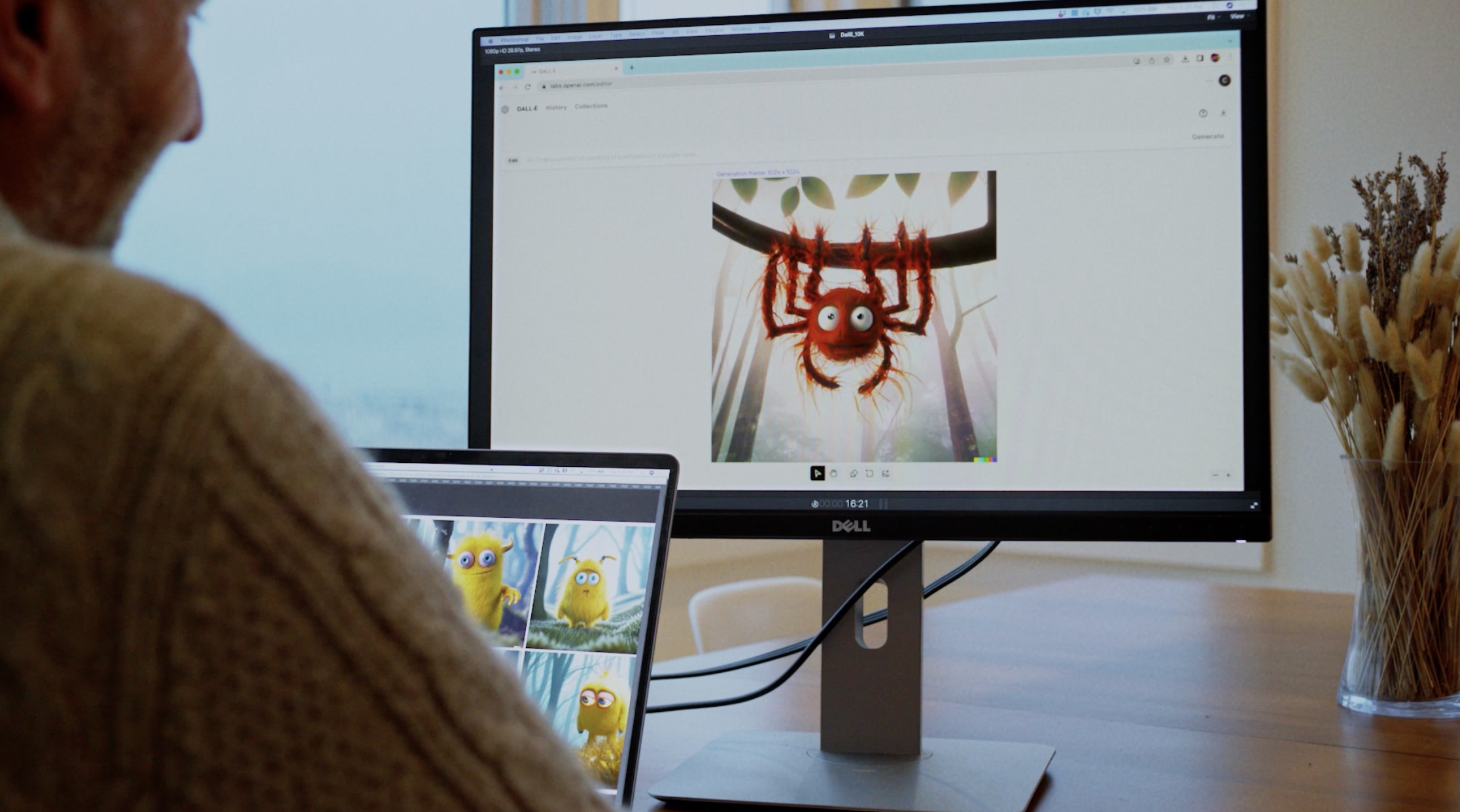OpenAI-Backed Animated Film 'Critterz' Aims to Showcase AI-Driven Creativity

Key Points
- OpenAI collaborator Chad Nelson leads the animated feature "Critterz".
- The film combines human voice actors, original artwork, and AI tools like GPT‑5 and DALL‑E.
- Production is slated for a nine‑month timeline, far shorter than typical animation cycles.
- Budget is modest compared to major studio animated movies.
- Critterz aims to serve as a high‑profile case study of AI’s positive impact on filmmaking.
OpenAI collaborator Chad Nelson is leading the development of an animated feature called Critterz, partnering with Vertigo Films and the writers of Paddington in Peru. The film, built on a modest budget compared with major studio productions, blends human voice talent, original artwork and AI tools such as GPT‑5 and DALL‑E to produce a full-length story about forest creatures on an adventure. The project’s rapid nine‑month timeline showcases how AI can accelerate traditional animation pipelines while still relying on human creativity. Executives hope the movie will serve as a high‑profile case study of AI’s positive impact on the entertainment industry.
Project Overview
Critterz began as a short film created with OpenAI’s DALL‑E in 2025 and is now being expanded into a feature‑length animated movie. The initiative is led by Chad Nelson, a creative specialist at OpenAI, who has teamed up with Vertigo Films and the writers of Paddington in Peru. The story follows a group of forest creatures who embark on an adventure after a disruption threatens their village. While the plot and characters are original, the production heavily incorporates AI‑generated visuals and script assistance.
Production Approach
The film’s budget, described as modest in the animation world, is markedly lower than the multi‑hundred‑million dollars typical for major studio releases. Vertigo Films plans to complete the project in roughly nine months, a timeline that is significantly faster than the three years often required for comparable animated features. This acceleration is attributed to the use of AI tools such as GPT‑5 for script development and various AI image‑generation platforms to assist artists. Human talent remains central: voice actors are recorded in traditional studios, and artists create original artwork that is then fed into the AI systems to guide visual output.
Industry Implications
OpenAI and its partners present Critterz as a proof‑like study demonstrating how artificial intelligence can augment, rather than replace, human creativity in film production. By showcasing a completed feature that relies on both AI assistance and conventional artistry, the team aims to shift industry perception toward AI as a collaborative tool. Executives anticipate that the movie’s release will spark discussion about the balance between efficiency gains from AI and the preservation of artistic integrity, potentially influencing how future animated projects are conceived and produced.
Future Outlook
While the film’s reception remains uncertain, its creators view Critterz as a milestone for AI‑enhanced storytelling. The project’s success could encourage other studios to explore similar hybrid workflows, leveraging AI to reduce costs and production timelines while maintaining a human creative core. As the industry watches, Critterz may become a benchmark for evaluating the practical benefits and challenges of integrating AI into large‑scale entertainment ventures.